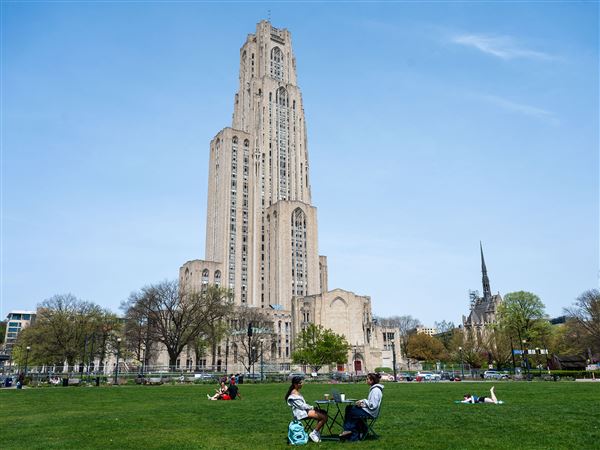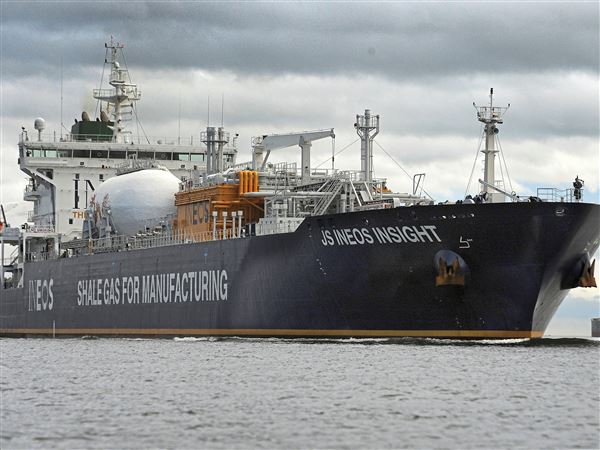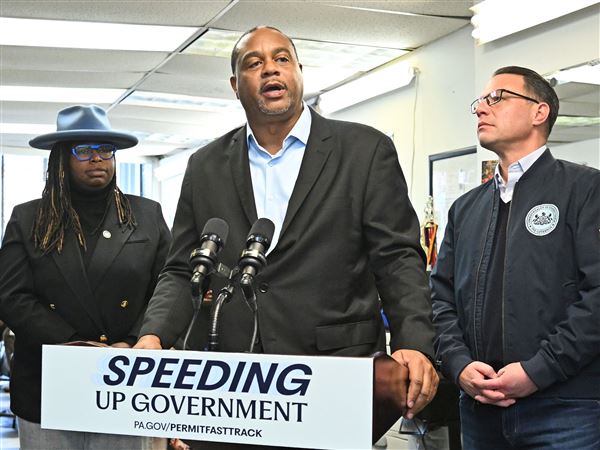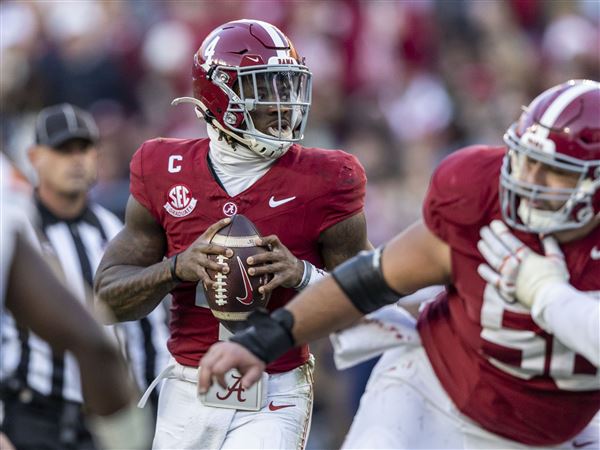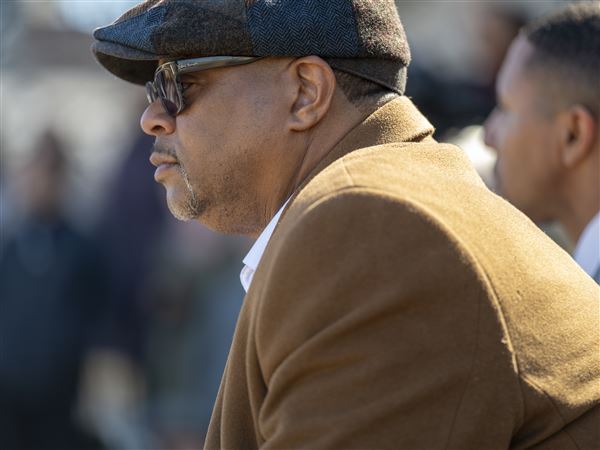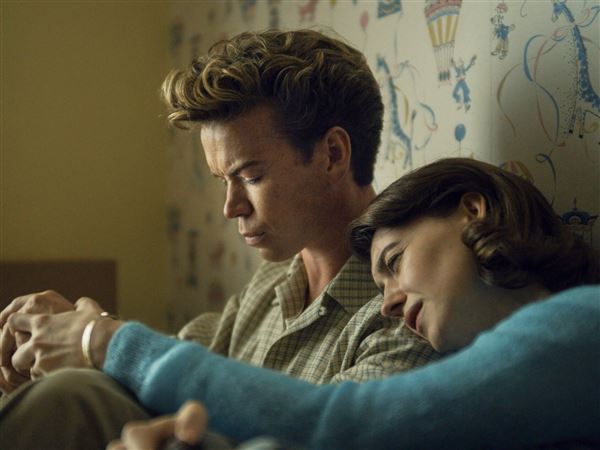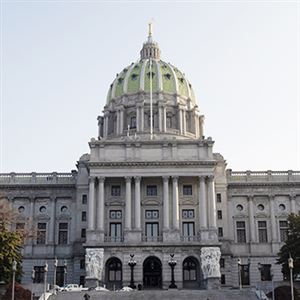In the third year of Pittsburgh’s special parks tax, its skeptics, including the 48% of Pittsburgh voters who opposed it, have been vindicated. According to documents reviewed by the Post-Gazette Editorial Board, the city has spent only $4.5 million of the nearly $29 million collected for the parks tax trust fund since January 2021 — despite having budgeted to spend over $20 million on capital projects in 2022 and 2023. That’s over $15 million in parks improvement promises unfulfilled.
Mayor Ed Gainey’s preliminary 2024 budget reports that the trust fund should have $1.8 million in reserves at the end of this year. That will not be the case, because it currently has $24.3 million. The city simply doesn’t have the capacity to spend the money it’s taking in.
Meanwhile, the private Pittsburgh Parks Conservancy has mostly been locked out of the parks tax conversation. A significant part of the public argument for the tax was that the Conservancy could leverage the public money to receive additional grant funding, magnifying its impact. The Conservancy could also have helped to use money the city has struggled to spend to improve Pittsburgh parks.
Going forward, if city officials would like to raise taxes for core city services, they should do so the old-fashioned way: Pass a tax increase. Special taxes that fill special trust funds end up imposing burdens city government can’t handle, while limiting its flexibility to move funds in response to changing circumstances.
Backlog of funds
The parks tax — which is 0.5 mills, or $50 per $100,000 of real estate value — has raised around $9.5 million per year since first being collected in 2021, for a total of about $29 million by the end of this year. The city began spending money from the parks tax trust fund in 2022. According to the budget for that year — the last negotiated by Mr. Peduto — the city had $14.5 million in unexpended/unencumbered funds on hand for the purpose of “park reconstruction.”
These are funds that had been budgeted in previous years for tentative parks projects that never came to fruition. The amount of leftover money indicates the city had trouble spending its annually budgeted parks improvement funds even before Mr. Gainey’s time in office. Adding an additional $10 million a year from the parks tax only made the situation more difficult.
The 2022 and 2023 budgets demonstrate this problem. The documents separated “park reconstruction” projects into two types: those funded in the usual way (bonds and pay-as-you-go cash) and those funded by the parks tax. Of the $5.5 million in parks tax money budgeted for capital projects in 2022, a full 80% was unspent at the end of the year.
As for the traditionally funded projects, the city began the year with $14.5 million leftover and budgeted very little on top of that. At the end of 2022, $13.6 million still remained. Combined with the parks tax leftovers, there were nearly $18 million in unexpended funds.
Then, with the parks tax in full swing, Mr. Gainey promised a 2023 spending bonanza: $8.6 million in bond-funded parks projects alongside $14.6 million in parks tax-funded improvements. Everyone should have realized, given the city’s lack of capacity to spend much smaller amounts of money, that this was unrealistic. It proved to be just so, and now Mr. Gainey’s 2024 budget indicates that $30 million is leftover for 2024.
Appropriately, that’s almost exactly how much the city has collected in the first three years of the parks tax.
Spending elsewhere
The city’s inability to actually execute capital projects helps to explain why officials have increasingly set aside parks tax money for easier expenditures: equipment and personnel. In 2022, Mr. Peduto budgeted $1.9 million for 27 new employees, and $2.2 million for 26 new vehicles. In 2023, Mr. Gainey increased that to $2.9 million for 40 employees and $2.4 million for another 26 vehicles. And 2024’s preliminary parks tax budget includes $4.5 million for 61 workers and about $1 million for several dump trucks.
To be clear, this is a reasonable response to the situation: If the city doesn’t have the capacity to spend parks tax money for what it was meant for — capital improvements — then spending on building maintenance capacity is the next best thing. The Gainey administration was saddled with an obligation it didn’t choose, and didn’t have the tools to handle.
An obvious solution
But Mr. Gainey has made matters worse by failing to engage the Pittsburgh Parks Conservancy. While the administration may bristle at handing over public funds and responsibilities to a private organization, it’s a better option than doing nothing at all.
Further, the Conservancy offers two advantages: It can leverage public funds to solicit private matches, and it has a plan. During the 2019 parks tax campaign, the Conservancy produced an intricately detailed, data-driven plan to prioritize park improvements that would have the greatest social impact. The Gainey administration has thus far denied the Conservancy’s requests for funds while mostly ignoring its equitable approach to parks funding.
Most notably, one of the Conservancy’s top projects — the Hill District’s Kennard Park — has gotten little attention from City Hall, while Brookline’s Moore Park — already a thriving asset — has had nearly $2.5 million budgeted for it.
The Gainey administration should re-engage with the Pittsburgh Parks Conservancy to help it spend its unmanageable parks trust fund dollars. Then the city should never again create such a specialized tax.
First Published: October 26, 2023, 9:30 a.m.
